A wattle fence is a woven wood fence that is used as a garden fence, livestock management, and outdoor design.
Wattle fencing is popular with gardeners because it’s a cheap, sustainable, and environmentally-friendly alternative to common fencing options like chain link or picket. There are also some great plants you can use around the wattle fence line.
Woven fences are also easy to make and are created with materials commonly found in nature.
What is Wattle Fencing?
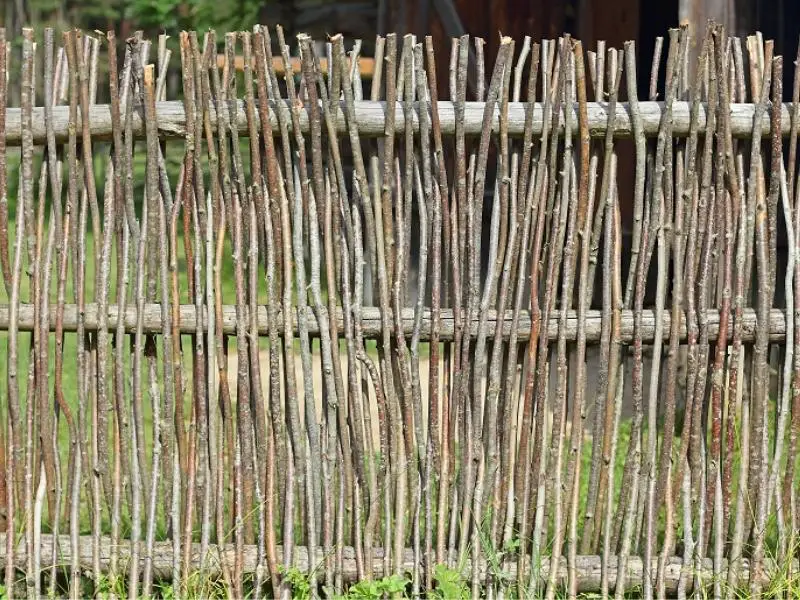
Wattle fences are made by weaving thin saplings or sticks called “weavers” or “withies” between larger wooden posts called “sales.” Sections or panels of wattle fence are called “hurdles.”
Wattle fences are made with many different patterns such as basket weave, wicker, and herringbone.
These fences are moveable if they are staked into a wooden base. Otherwise, wattle fences are built into the ground.
Medieval Wattle Fence
Wattle fences have been used since the Neolithic era across Europe as protection for livestock, erosion control along rivers, and for keeping pests away from crops.
Wattle fencing was widely popular during the Middle Ages because it was traditionally made from saplings and branches from nearby woods such as willow, hazel, and alder.
Modern Wattle Fence
Modern wattle fences are similar to medieval fencing but have developed to include newer woods like bamboo, and a wider variety of weaving methods.
Wattle fences are now used in many gardens and outdoor spaces as edging, crop protection, and as visual structures that add texture and variety.
Wattle Fence Materials
Wattle fences are made from a variety of wood types depending on availability and weaving method. Softer and more pliable woods are ideal for traditional wattle and wicker, while hardwood is used for basketweave fences. Colored wood adds an ornamental appeal to wattle fencing.
Bamboo
Bamboo is useful because it’s common around the world, flexible, and is easily split into smaller slats for weaving. Thin boards of bamboo can also be woven tightly to create privacy fences or screens.
If bamboo can’t be found nearby, it can be purchased online:
Hazel
Hazel has been historically used in wattle fencing because of its vast availability as the result of the tradition of coppicing, when trees are cut at the base resulting in fast-growing saplings that are harvested regularly.
One hazel tree provides dozens of saplings that are pliable and easy to use in wattling, and soaking hazel in water will revive its flexibility any time after cutting.
There are many varieties of hazel that grow in North America, so they are easy to grow or buy online.
Willow
Willow is used for living wattle fences and structures because cut saplings and branches root into the ground and begin growing.
A living willow wattle fence also functions as a wonderful trellis for climbing plants and flowers.
Willow is common in North America and grows best in moist, temperate, or cold climates. If natural willow is not available, it can be bought online.
Other Wood Types
Hardwood — like alder, cherry, and sweet chestnut — is used in wattle fences with basketweave patterns but is hard to manage when weaving smaller patterns.
Dogwood and colored woods are used in wattle fences for a more decorative appearance.
There are many wood options that work well for making a wattle fence, so it’s easy to find materials by foraging.
Cutting saplings or fresh growth provides the most pliable and workable wood for wattling.
How to Make a Wattle Fence
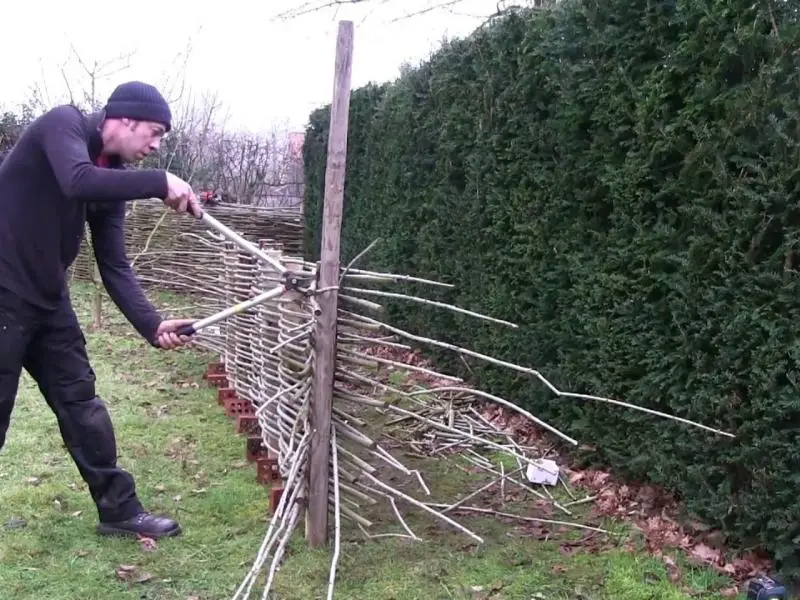
Making a wattle fence is a simple process, and one fence panel can be made in as little as three hours depending on the length and height of the fence.
If wood is sourced by foraging or garden pruning, wattle fences can be made for free or very cheap, but buying wood, like bamboo, starts at $150.
Wattle Fence Supplies
Most wattle fence tools and supplies are commonly found in gardening sheds and many expensive supplies can be substituted with more economic options.
To build a wattle fence, you will need:
- An earth auger, shovel, or post-hole digger to create holes for each stake
- >A wood drill and wood base if a moveable wattle hurdle is being made
- A hammer, wooden mallet, or sledgehammer to drive stakes into the ground or base wood
- Garden shears, loppers, or a metal saw to cut saplings and unused branches
- A measuring tape or yardstick to measure the ideal height and length of the wattle fence
- Stakes and saplings in the chosen wood material
When collecting your wood material, use this chart as a guide:
| Stakes (One stake for every 1 1/2 feet of fence) | At least 2 inches in diameter and 1 foot taller than the desired fence height. |
| Weavers (12 weavers per every vertical foot of each panel) | At least 1/2 inch in diameter and at least 3 feet long. |
Wattle fences can be adjusted to fit the needs of each builder, so the amount of material will depend upon each project.
For example, stronger fences will need thicker stakes that are placed closer together, while shorter fences will have thinner stakes and more flexible weavers.
DIY Instructions
Before beginning a wattle fence, it is important to gather supplies and wood material. Gathering extra wood is helpful in case weavers break or are not suitable for wattling.
If a clean wattle fence is preferable, cut off any offshoot branches or leafy twigs from the weaver saplings.
Step One: Plan the Wattle Fence Shape and Length
Materials and setting change how a wattle fence is built, so beginning with a plan is helpful. Use a shovel or stick to map out on the ground where the fence will be.
If the planned wattle fence will be a non-linear or circular shape, mapping the shape with a hose can help builders visualize where the stakes should go.
Use a measuring tape to measure the length of the fence and mark where the stakes will be. If a moveable wattle fence is being made, mark on the base wood where the stakes will be drilled in.
Average wattle fences are made with one stake every 18 inches.
Step Two: Dig or Drill Stake Holes
Use an earth auger or post-hole digger to make uniform holes in the ground for the stakes to go in. Make sure to dig each hole wide enough that the stake can fit, but with less than a 1/2-inch gap around the sides to deter wobbling.
A stake depth of 1 foot into the ground will ensure that the stake has plenty of grip on the earth.
If the earth is rocky, one foot may not be possible, so builders will need to test each stake to make sure the grip on the earth is stable enough to support the fence.
Moist, warm soil is the easiest to work with.
For a moveable wattle hurdle, drill holes in the base wood. Ensure each hole is the same diameter as the stake so that the stake fits snugly. Hammer the stakes into the wood base to ensure a tight fit.
Step Three: Weaving
Start at the top, left side of the fence with the thickest and longest weavers and begin weaving the wood in front of the first stake and behind the second stake.
Continue alternating backward and forward around the stakes until the weaver tip is reached. If there’s a specific front and back of the fence, make sure that the tip of the weaver is pushed to the back of the fence.
Starting where the first weaver ended, take the next weaver and weave in the same direction. The weavers can be wrapped around each other or the ends can be left at the back with at least a few inches sticking out.
Keep weaving in the same direction until the end of the fence is reached. Leave any excess wood extending past the fence, as it will be cleaned up later.
Start back at the left side of the fence with the next row of weavers, alternating the weaving back to front, front to back until you have weaved six saplings. Then, push the saplings down to the bottom of the fence.
Continue weaving and pushing the weaving down until the last top foot of the stakes is reached.
Step Four: Clean up and Finish Your Wattle Fence
Take garden shears, loppers, or a saw to cut off weavers that are extending past the end of the fence. Any leafy branches or weaver tips can be weaved into the top of the fence to provide extra height or decoration.
Make sure that weavers have been pushed down to add tension and strength to the fence.
How Long Will a Wattle Fence Last?
A wattle fence will last for 10 years or longer depending on the climate and preservation used. Wet or windy environments will wear down wattle fences faster than dry climates, but still-standing historical wattle fences prove that this fence can last for generations with minor repairs.
Green or wet wood will dry out with time and may settle into a different shape or height. If the wattle fence isn’t strong enough or has settled into an undesirable shape, new weavers and stakes can be added at any time.
A 50/50 mix of linseed oil and turpentine will preserve wattle fences and extend the lifespan of the wood.
Wattle Fence Ideas & Inspiration
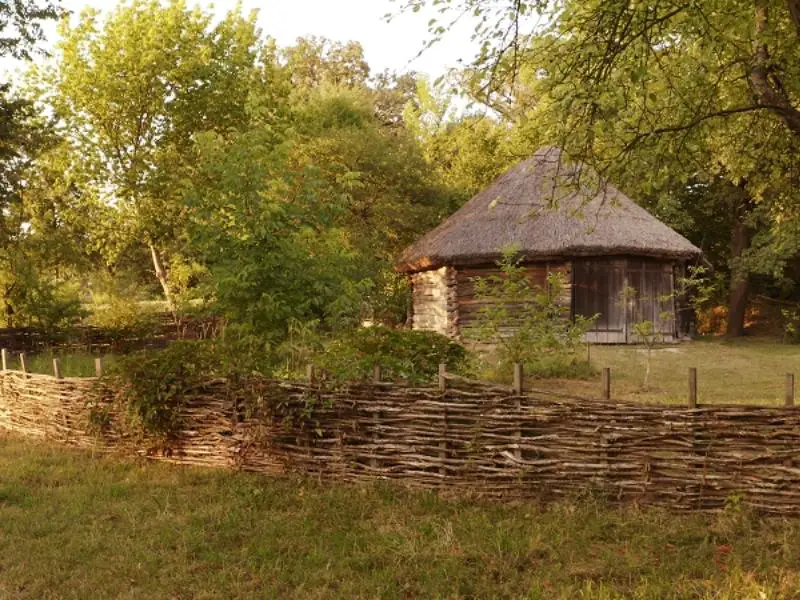
Wattle fences and the wattling method are used for all kinds of structures and in many different weaving patterns. Wattling has been used in art and traditional gardens which proves its versatility and potential in any setting.
Living Wattle Fence
A living wattle fence is made with willow branches and saplings that root and grow, or with a wattle structure that acts as a trellis for climbing flowers and plants.
Living fences need to be pruned and re-shaped as they grow, but they create beautiful, dynamic visual appeals for outdoor landscapes.
Woven Garden Fence
Wattling is commonly used in garden edging, garden beds, and garden fences. The structures provide sturdy supports for plants, while also preventing garden bed erosion.
Creating Your Wattle Fence
For gardeners and outdoor decorators of any experience level, the wattle fence is a cheap, easy, and eco-friendly alternative to common garden fences.
This method of fence weaving has been popular for generations and it continues to add texture and variety to outdoor settings around the world. With a variety of patterns and colors, wattle fences are perfect for any outdoor space.
If you’re still not sold on making a wattle fence, there are other DIY garden fences you can make.

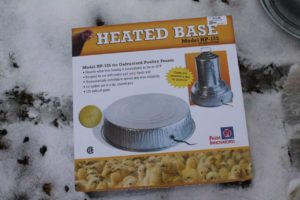
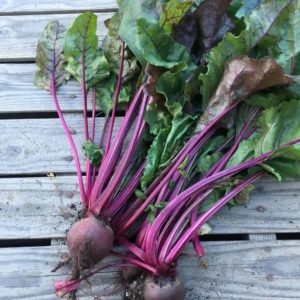
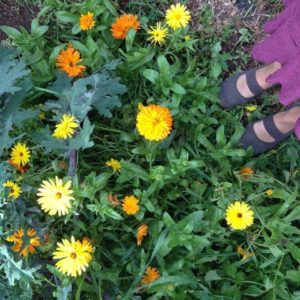


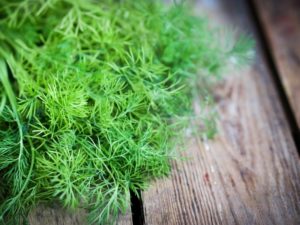
How many coats of linseed oil do you spray on? Do you wait 24 hours between application?
Thank you! Liz